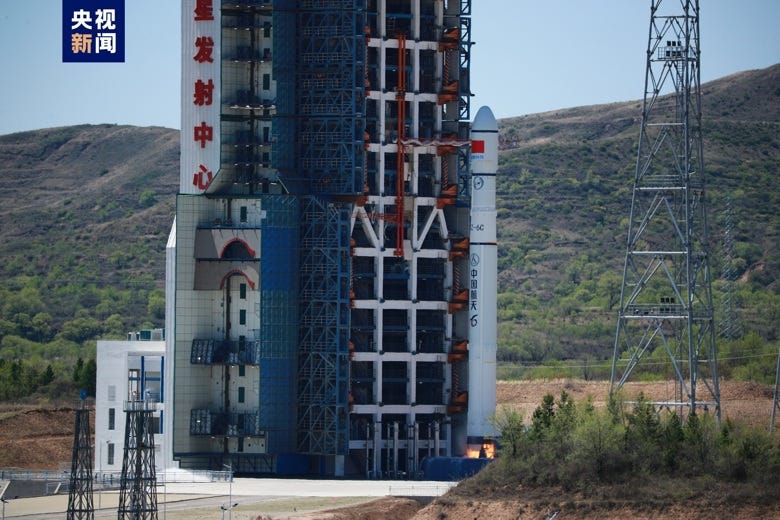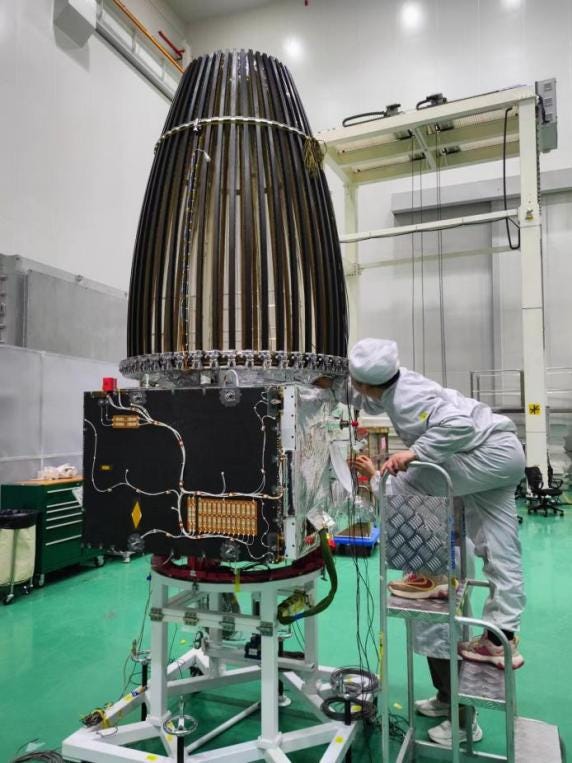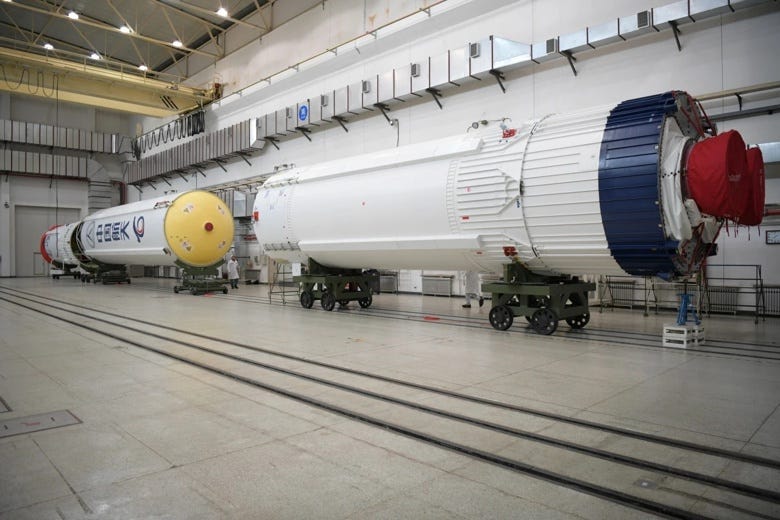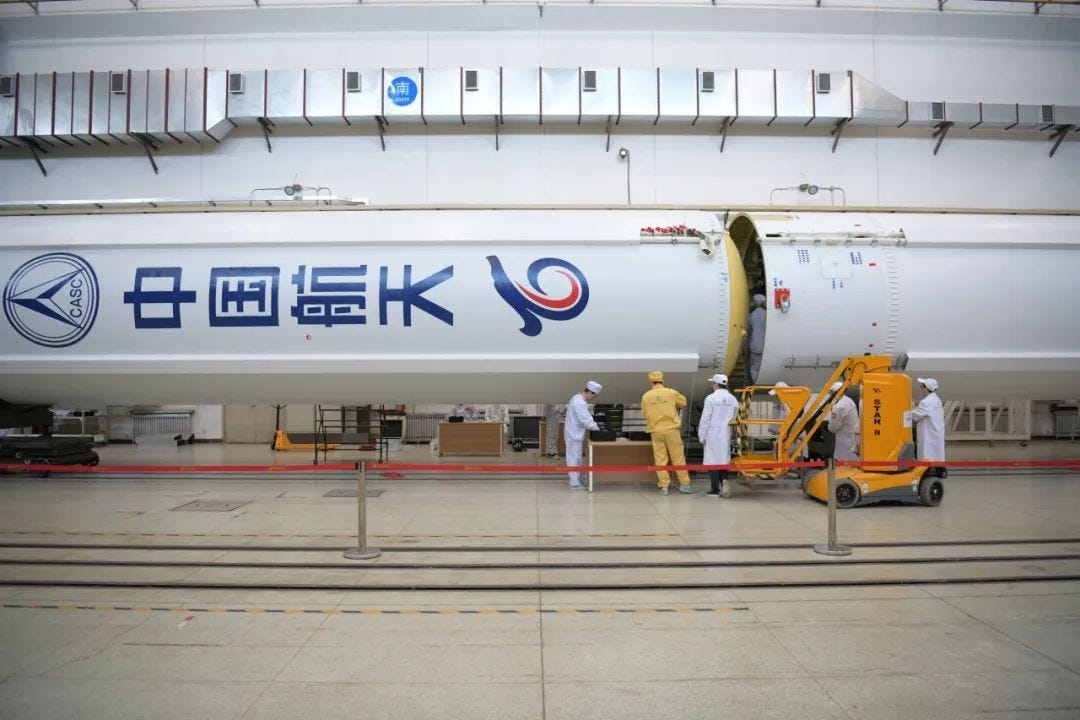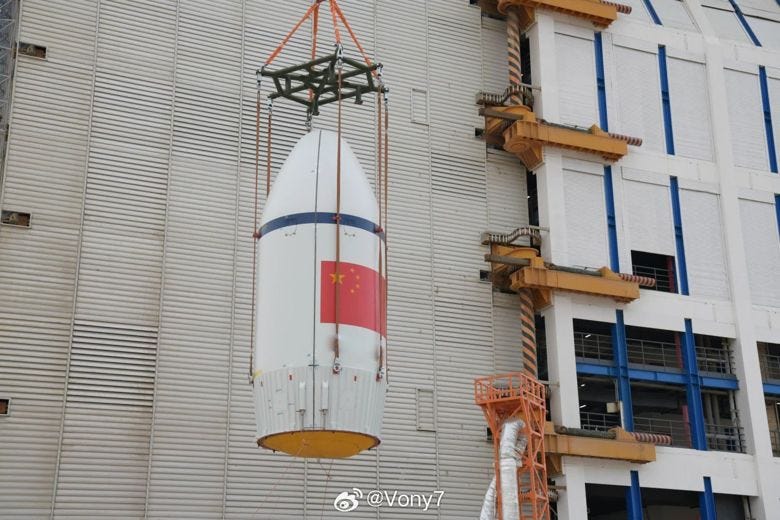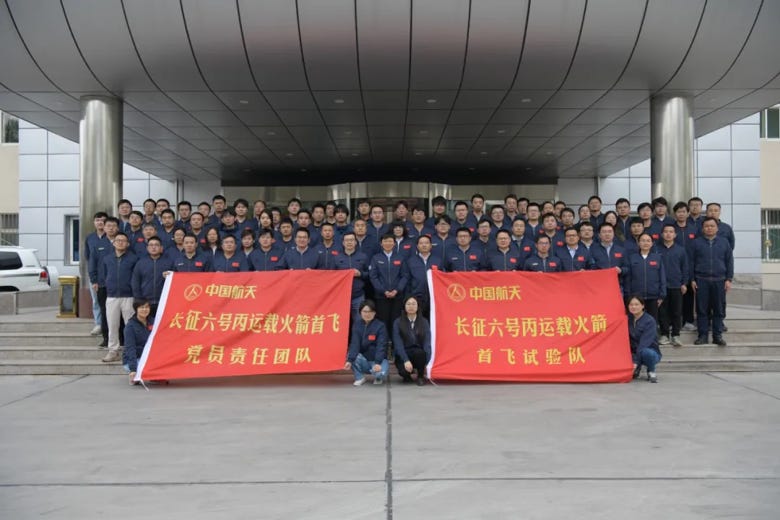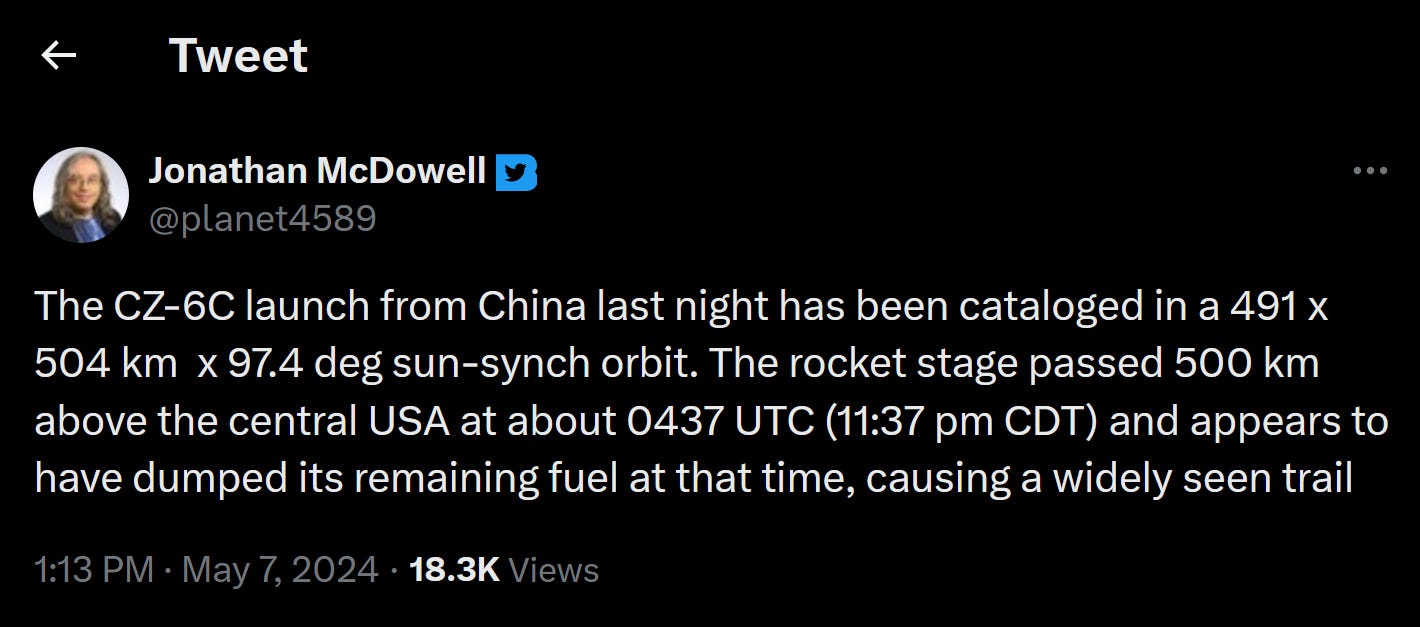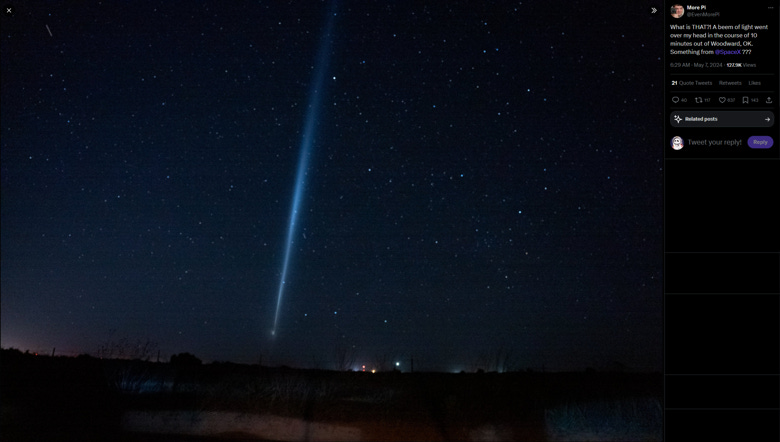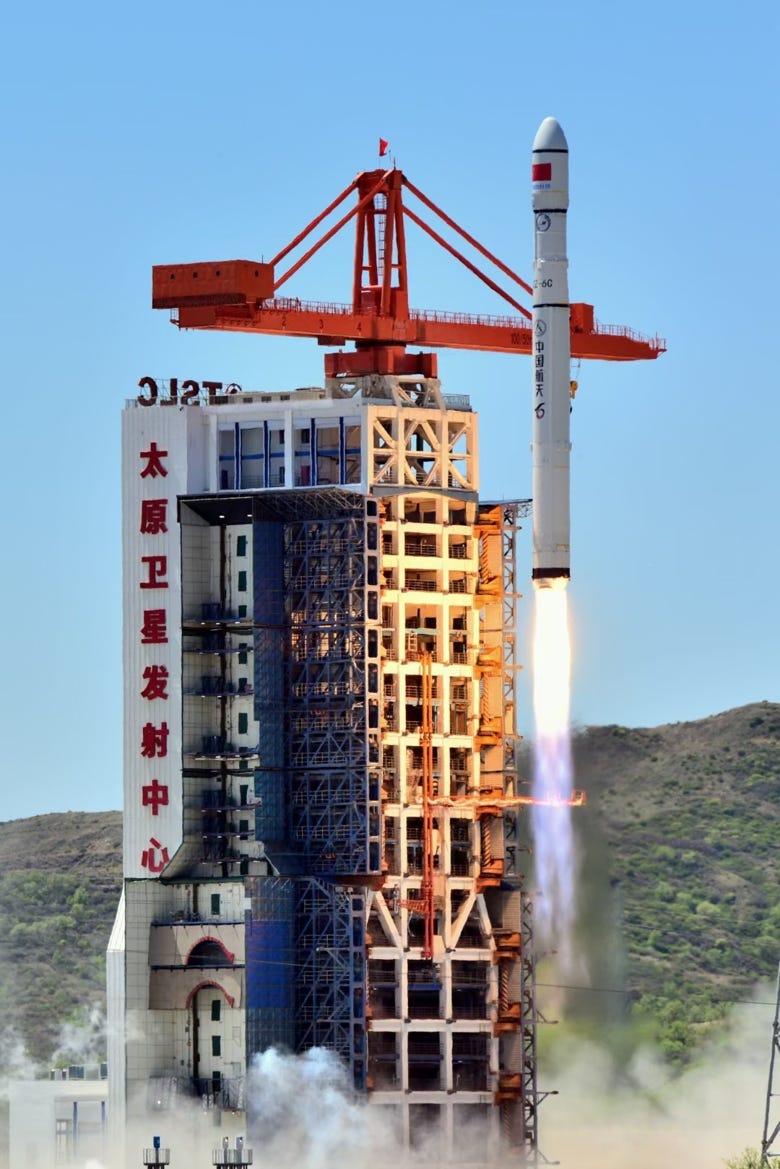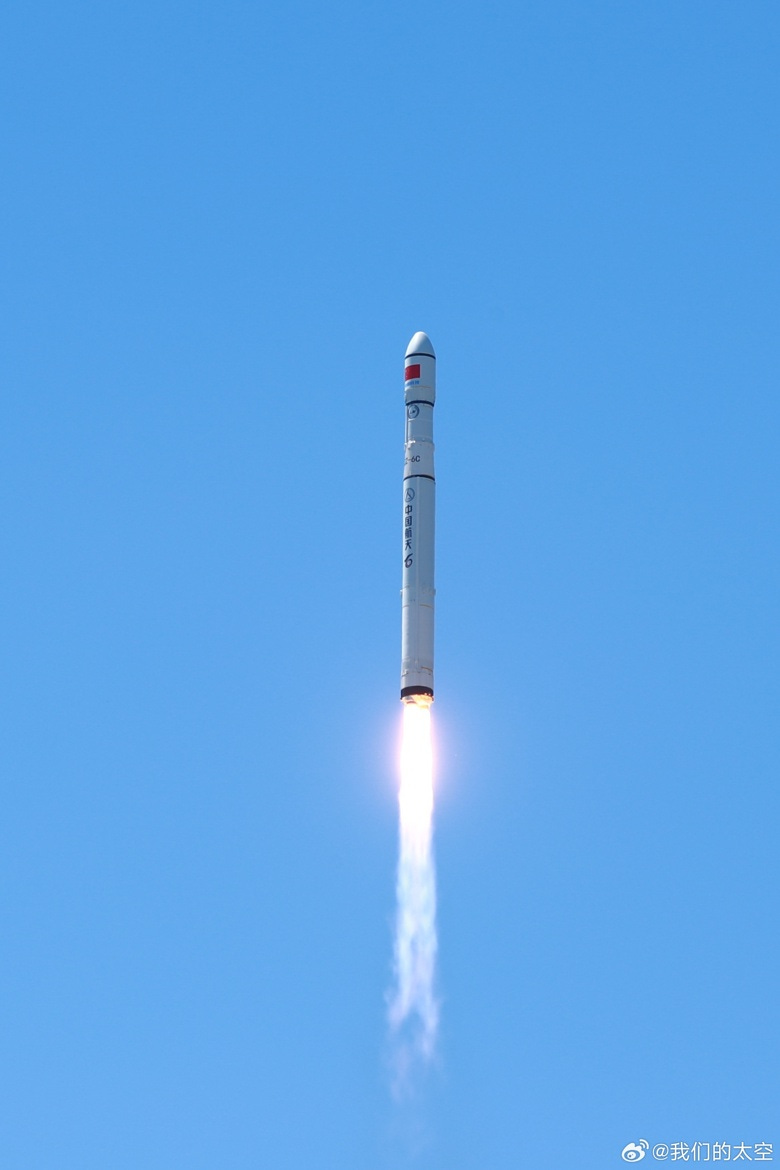Another Long March! [Long March 6C Y1]
This post was originally published on May 7th 2024 on Ko-fi.
In the words of a controversial rapper, "Another one". (was that cringe?) Another Long March rocket has entered operation in an already complicated family tree, this means China now has approximately 17 active Long March launch vehicles. This is of course the Long March 6C from the Shanghai Academy of Spaceflight Technology.
The new rocket was debuting from Launch Complex 9A at the Taiyuan Satellite Launch Center in northern China. Onboard the rocket for the debut flight were Haiwangxing-01, Zhixing-1C, and two slightly secretive imaging satellites.
Haiwangxing-1 is reportedly going to be operated by Zhihui Space Tech for X-band synthetic aperture radar imaging, it is also believed to have been manufactured by the Shanghai Academy of Spaceflight Technology.
Zhixing-1C is a small satellite from Smart Satellite Technology also providing X-band synthetic aperture radar imaging.
As for the two imaging satellites, very little is known about them other than their existence. This may be due to them being operated by a government agency or a company currently in 'stealth mode'. China Daily reported the two satellites as experimental but still did not say who.
All four satellites are known to have gone through bidding for slots on the launch. This may have been the launch auction that was conducted in mid-2023.
China Daily also interviewed Li Chenggang, Chief Designer of the Long March 6C, for its article where they found out that the fully fuelled weight of the rocket is now 215 tons, a 2-ton decrease since its announcement. With the rockets 244 tons of thrust using the two YF-100G's the thrust-to-weight ratio is approximately 1.135, without the decrease it was 1.125.
Li Chenggang also shared that the rocket went from design to launch in roughly three years, as work was believed to have started in early 2020. Li also said that the rocket will be targeted toward commercial small and medium-sized satellites needing a ride to sun-synchronus orbit.
The Long March 6C also continues the new method for smaller rockets of building the first and second stages together and then integrating on the launchpad. This allows satellites to benefit from vertical integration, which allows for lower masses as less structural support is needed.
Despite the rocket appearing to be almost entirely derived from the Long March 6A, a few improvements have been made along with a minor difference.
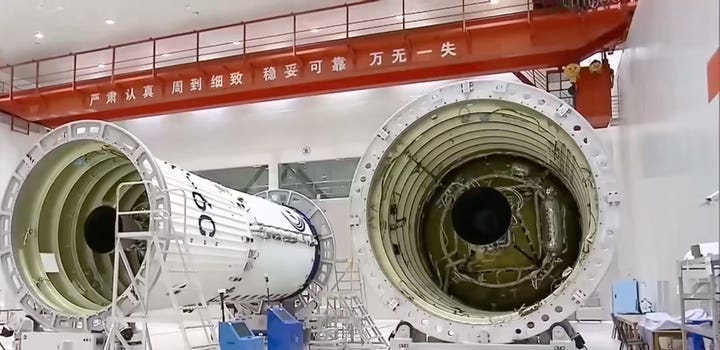
The most obvious is the smaller diameter second-stage, which is 2.9 meters in diameter. These tanks have also seen improvements in production process and structural breakthroughs according to the Shanghai Academy of Spaceflight Technology on Weixin/WeChat. This quite obviously led to the 2-ton mass decrease from announcement to launch.
The Shanghai Academy of Spaceflight Technology also said that the rocket introduced an 'adaptive augmented control' system which allows the rocket to fly on the most optimal flight path to the desired orbit. This makes the Long March 6C the most 'intelligent' rocket currently flying in China.
After the launch, photos of the teams behind the launch were shared as is the tradition now.
The Long March 6C also has a unique logo, like most new Long March rockets. This logo was the main focus for the debut flights launch mission patch. It has a red C inside a dark blue 6 with what I think is a fox on the top of the 6.
Orbit Police, Jonathan McDowell, also managed to track the second-stage of the rocket into a 491 by 504 kilometer 97.4 degree orbit and noted that the stage dumped the fuel onboard at 04:37 am Universal Coordinated Time over the United States.
This fuel dump was also captured by EvenMorePi on Twitter and shared an hour later.
With all of that out of the way, here are some of the images Chinese media shared of the debut launch!




